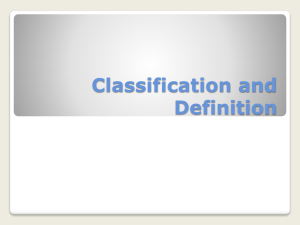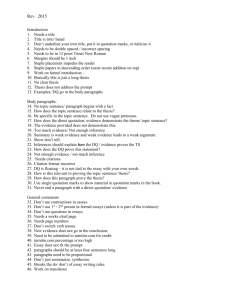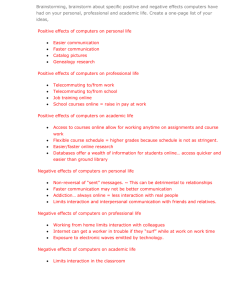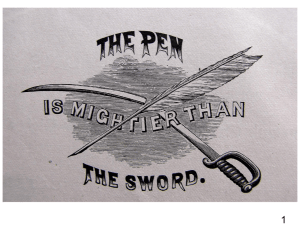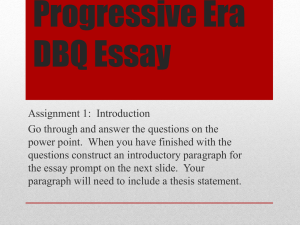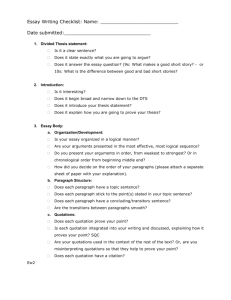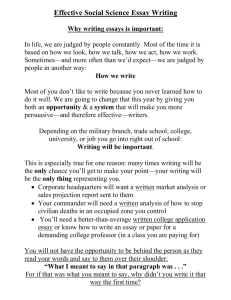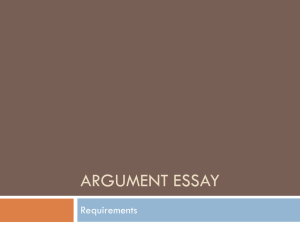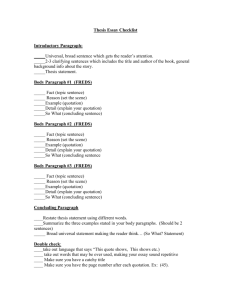brainstorming & outlining - Academics
advertisement
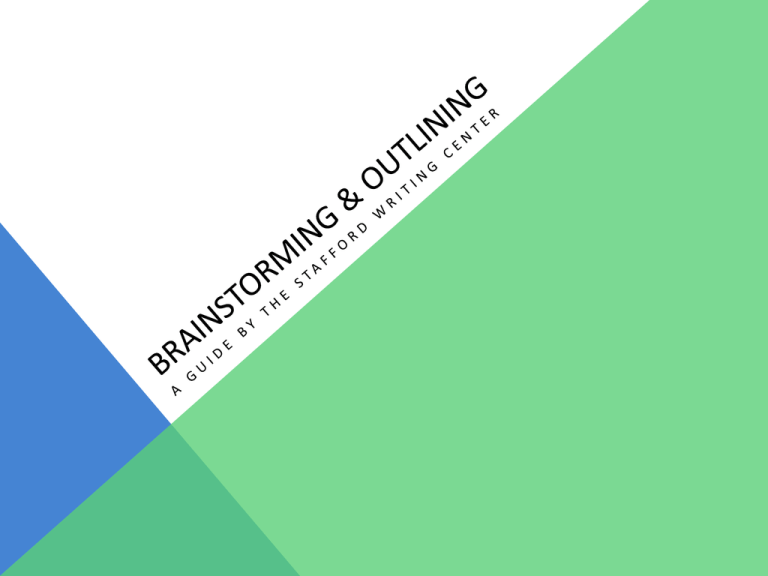
“WAIT…WHAT IS BRAINSTORMING?” Brainstorming is when you generate ideas for your essays. During this process, it is not important to be completely organized. Find out what’s best for you – it can take the shape of a neat list in your notebook, or it could be twenty Post-It notes on the walls of your room! “THEN WHAT IS AN OUTLINE?” If you think sequentially (in order) you probably already create outlines in your head. But global thinkers may need to see the material in front of them before they start writing. Creating an outline is an effective and motivational way to prepare for an essay! Here’s how an outline typically looks: • Intro • Thesis • First body paragraph • Topic sentence • Body sentences • Conclusion • Second body paragraph (same format) • Third body paragraph (same format) • Conclusion • Summation of thesis statement and ideas within the paper “BUT I’M WRITING A MORE IN-DEPTH/LONGER PAPER.” Your outline is just a written version of the bare bones of your essay. Your paper will likely be longer than five paragraphs, but an outline would still follow the same structure. If you are using outside sources, you can put citations in your outline as well! For Example: Introduction Thesis First Body Paragraph Topic Sentence Direct Quotation Explanation of Quotation (cont’d) Here’s how that paper would look if you filled in the areas you outlined: The ability to write a strong essay is necessary to completing university-level work. Students typically have numerous essays to complete for each class they take, and their grades may be greatly affected by those scores. Students who need extra help have numerous outlets, the most convenient of which are university writing centers. The Stafford Writing Center is an integral part of the University of Mary Washington because it provides online and in person tutoring for students to help them recognize and remediate problematic writing styles. The Stafford Writing Center makes a huge effort to be available to students, a majority of whom commute to campus. By offering online sessions, students can meet with tutors even if they cannot be on campus. Writing Center Director Gwen Hale commented on the effectiveness of online sessions, “Our tutors do their best to meet with students who are unable to be on campus at the time of their meeting. The tutor will read the student’s paper, then they meet in a Blackboard-sponsored chat room, where the student can pull up the paper and they can walk through it together.” This is helpful for students who… REMEMBER… Brainstorming and outlining should help you, not create more stress. If you already know what you want your topic to be, skip brainstorming ideas. Don’t worry about creating a perfectly formatted outline, just do what will help you when it comes time to add in the details. These processes should be all about creating less work for you while you write your final draft.

